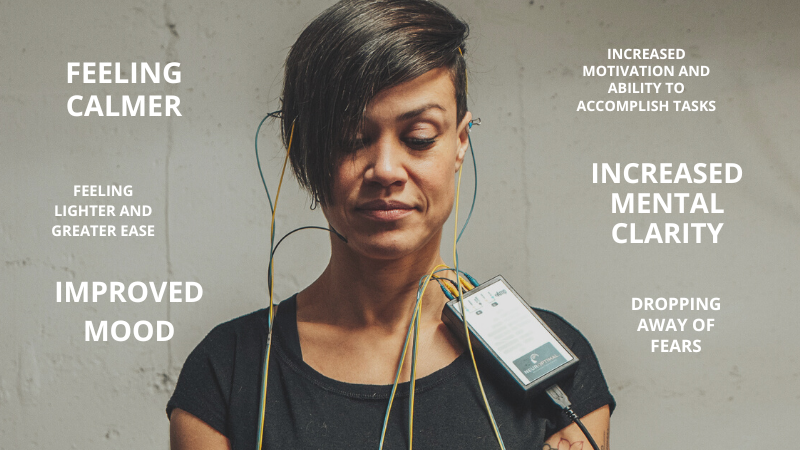qEEG works by applying small electrodes on the head to capture brain signals. These sensors measure neural signals produced by neurons, the units in the cerebrum that communicate with one another. The data collected is then processed and presented as a set of patterns. Each type of brainwave—such as α, β, δ, and theta—relates to various mental conditions and functions. For example, alpha waves are commonly linked with relaxation, while beta waves are associated to engaged thinking and issue resolution. By analyzing these trends, clinicians can identify irregularities that may indicate psychological health concerns.

One of the major benefits of qEEG is its capability to provide objective data. In contrast to conventional assessments that rely on subjective reports from patients, qEEG provides a clear view of brain function. This objectivity can assist minimize prejudices in assessment and lead to more accurate treatment strategies. For example, if a patient is experiencing anxiety, qEEG can reveal specific trends of neural function that are associated with stress conditions. This data enables psychological health experts to customize interventions more efficiently, whether it be through counseling, medication, or other approaches.
Additionally, qEEG can be especially useful in monitoring treatment advancement. By performing qEEG evaluations at different stages during treatment, healthcare providers can monitor variations in neural activity over time. This ongoing evaluation assists ascertain if a treatment is effective or if modifications are needed. For example, if a patient is not responding to a particular medication, qEEG may indicate that their neural function has not altered in visit site a manner that indicates improvement. This feedback cycle can result to more personalized and effective mental health care.
In conclusion, qEEG brain mapping is a powerful tool in the domain of mental health assessment. By providing unbiased information about neural function, it improves the understanding of various mental health conditions. This technique not only aids in accurate diagnosis but also helps in monitoring intervention success. As psychological health experts continue to explore the potential of qEEG, it holds promise for improving the lives of individuals facing psychological health challenges. With ongoing research and progress in technology, the secrets of the brain may turn clearer, leading to better outcomes for those in need of support.